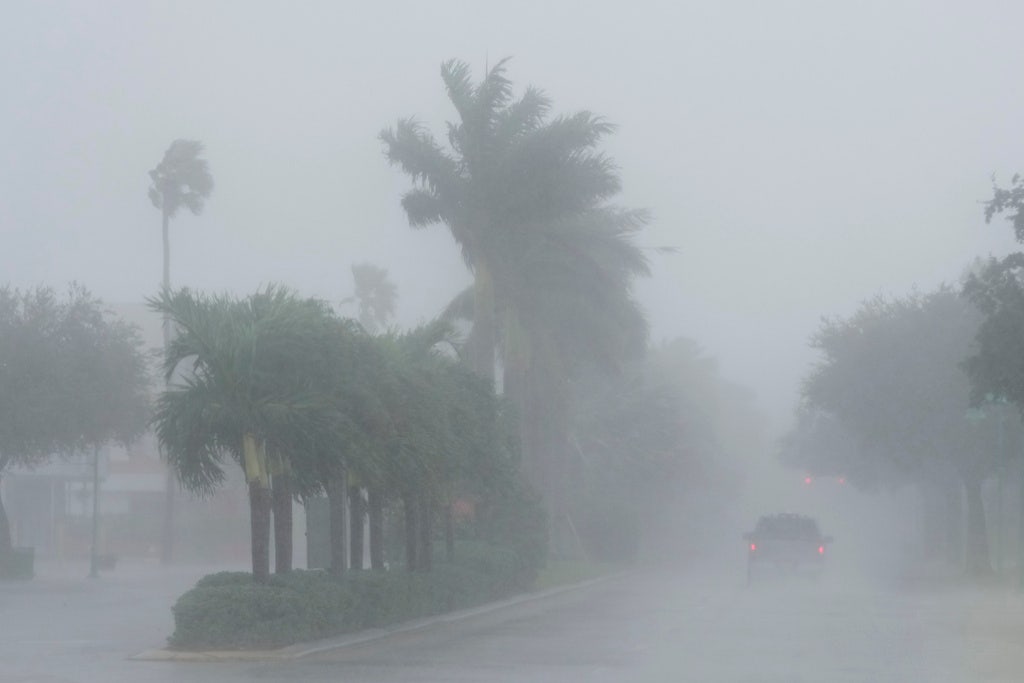Hurricane Milton, a Category 3 storm with 120 mph winds, made landfall near Siesta Key, Florida, causing extensive damage along the state’s west coast. The storm led to 17 tornadoes in St. Lucie County, Florida, resulting in multiple fatalities, hundreds of homes destroyed, and an ongoing rescue mission. The hurricane’s impact was anticipated to be one of the most destructive on record for west-central Florida, with a historically deep storm surge and wind gusts exceeding 100 mph over the next 36 hours. Power outages affected 1.8 million customers, and the storm was expected to pass over central Florida and into the Atlantic.
Florida residents had been preparing for Hurricane Milton following the recent devastation caused by Hurricane Helene, with many evacuating their homes and boarding up windows. The National Hurricane Center warned of the storm’s potential for significant damage and urged residents to take precautions. Governor Ron DeSantis activated thousands of National Guard members for search and rescue operations, and President Biden’s administration pre-deployed resources and personnel to assist with disaster relief efforts. FEMA had declared Florida a disaster area in anticipation of the storm’s impact.
The northern eyewall of Hurricane Milton began spreading onshore along the Florida Gulf Coast, prompting officials to advise residents to shelter in place as dangerous hurricane-force winds intensified in the region. Weather conditions were expected to deteriorate rapidly, preventing rescuers from reaching affected areas in time to save lives. First responders and citizens were urged to prioritize their safety, with law enforcement and emergency services unable to respond effectively during the storm. Authorities encouraged evacuation in high-risk areas to minimize the potential for casualties and property damage.
Hurricane Specialist Bryan Norcross emphasized the severity of the storm, urging residents who had experienced hurricanes in the past to recognize the unique threat posed by Hurricane Milton. The risk of storm surge and powerful wind gusts necessitated a high level of preparedness and caution among the population. Forecasters predicted significant water levels and destructive waves along the central western coast of Florida, with the potential for widespread flooding and structural damage. The state and federal governments mobilized resources to support relief efforts and assist communities affected by the hurricane.
Despite challenges posed by the storm’s intensity, emergency management officials and response teams remained committed to protecting the safety of individuals in affected areas. The Mayor of Tampa and the Governor of Florida issued evacuation orders to mitigate risks and ensure that residents were out of harm’s way before the storm made landfall. Coordination between state and federal agencies, including FEMA and the National Guard, facilitated a swift and comprehensive response to the disaster. The ongoing rescue mission and recovery efforts aimed to address the immediate needs of those impacted by Hurricane Milton and restore essential services to affected communities.


